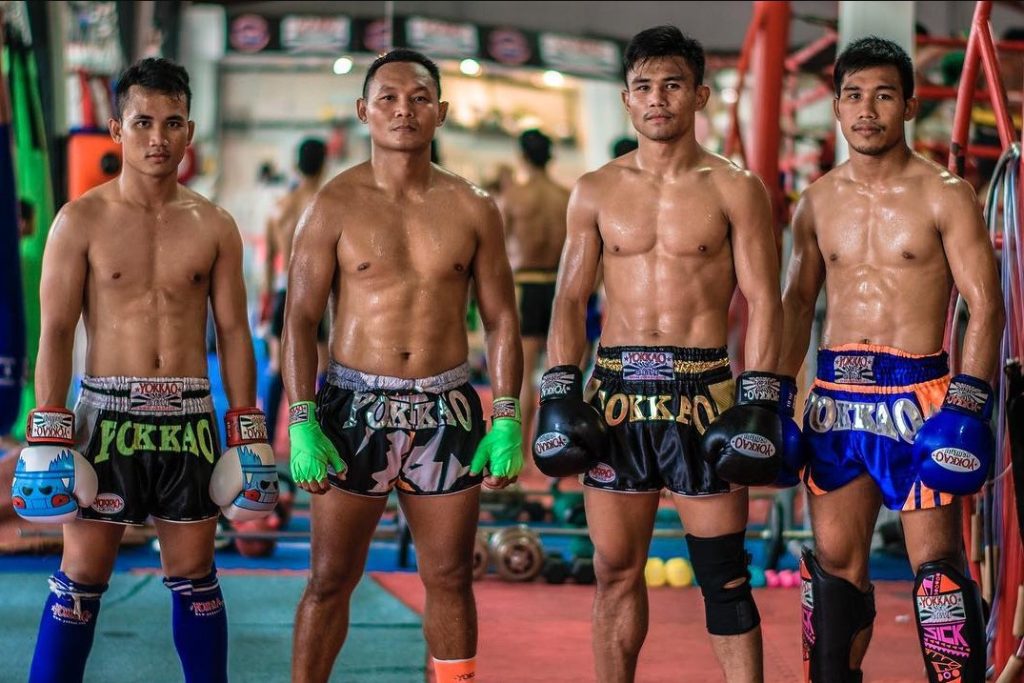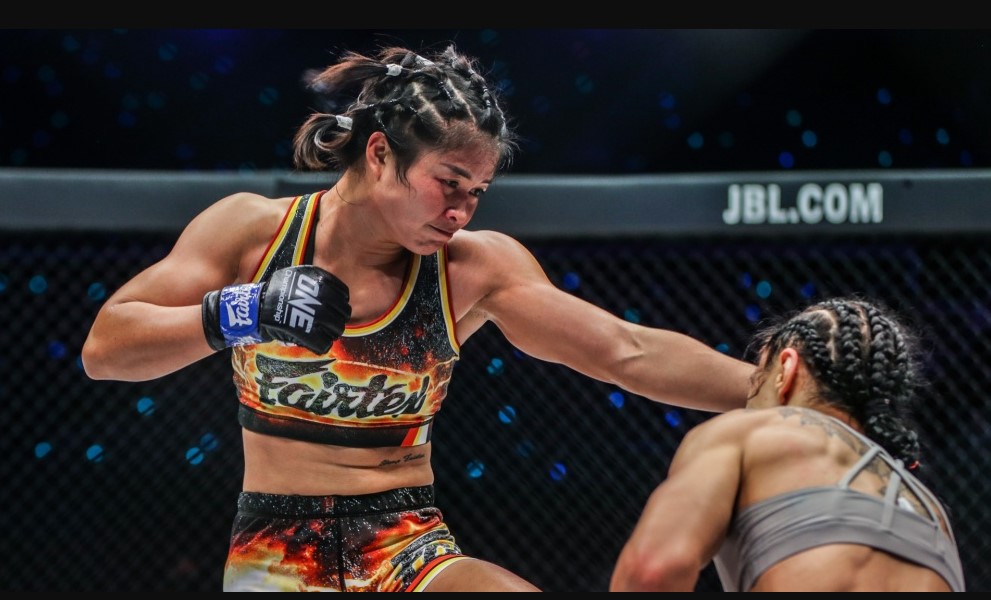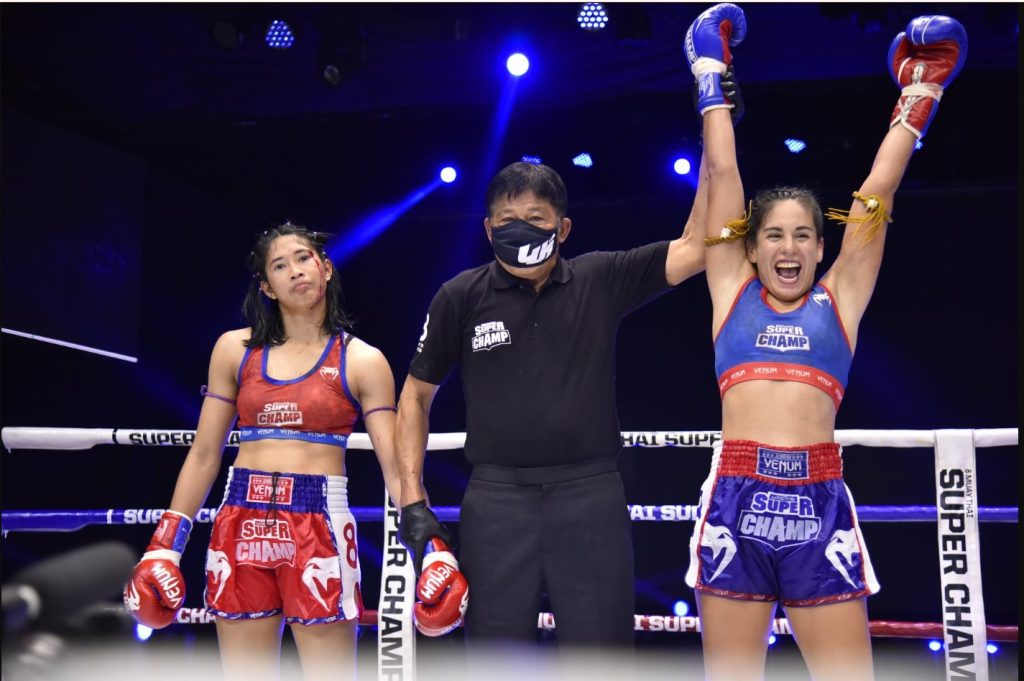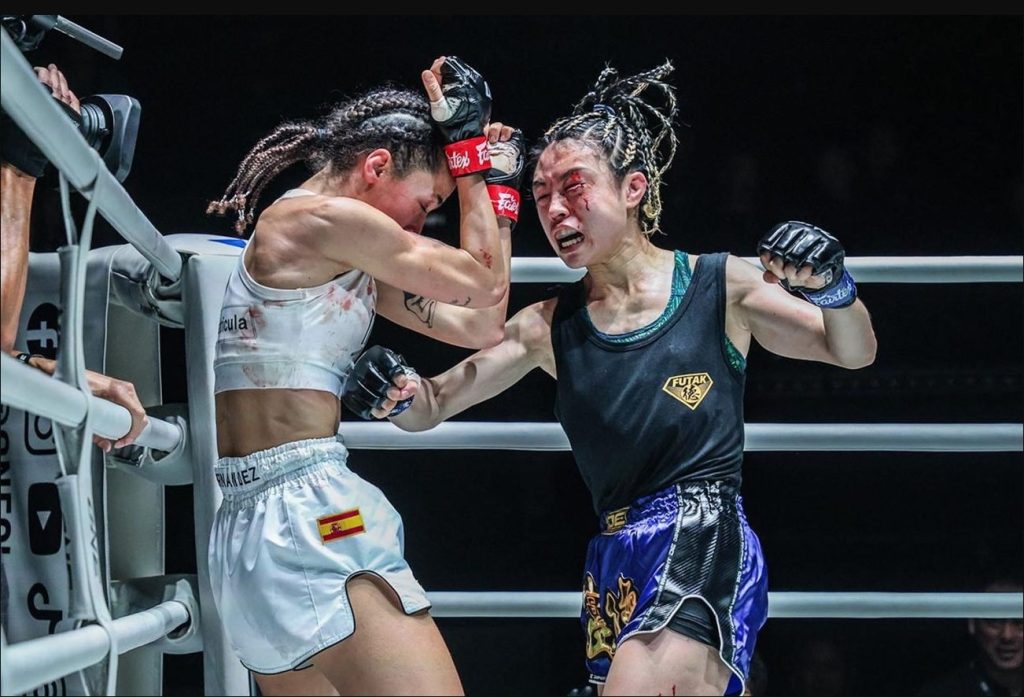Muay Thai, often referred to as “The Art of Eight Limbs,” is a traditional martial art from Thailand that has gained worldwide popularity. Its history spans centuries, evolving from ancient forms of Thai martial arts into the highly skilled and effective combat sport it is today. To understand who “made” Muay Thai, it’s essential to explore its origins, evolution, and the influences of various cultures and historical figures.
Table of Contents
Origins of Muay Thai

Muay Thai’s origins date back thousands of years to the military training of the Siamese kingdom, which is modern-day Thailand. It was developed as a form of hand-to-hand combat for soldiers, designed to enable them to fight in battle when they were without weapons. The origins of Muay Thai are intertwined with the ancient martial arts practices of Southeast Asia, particularly those of the Thai people.
In its early forms, Muay Thai was a battlefield technique. Soldiers used their entire bodies as weapons, employing fists, elbows, knees, and shins to incapacitate their enemies. The development of Muay Thai was driven by the practical needs of war and self-defense.
The Evolution of Muay Thai
Over time, Muay Thai evolved into a sport. By the 16th century, during the reign of King Naresuan, Muay Thai began to take on more formalized rules, and it became less about battlefield combat and more about personal and social entertainment. The practice of Muay Thai was refined and spread throughout the country, with people using it for both defense and entertainment in public festivals and competitions.
Muay Thai became increasingly formalized, particularly under the reign of King Rama V (1868-1910). During this time, the sport began to be codified with rules and regulations. The introduction of rounds and a standardized ring allowed Muay Thai to become a more organized and competitive sport.
In the early 20th century, the sport continued to evolve, with the addition of gloves, modernized training techniques, and the establishment of national and international competitions. This marked the shift from a martial art used for warfare to the combat sport known around the world today.
Key Historical Figures in the Development of Muay Thai
While there were no single individuals credited with “making” Muay Thai, several historical figures played pivotal roles in its development and formalization.
- King Naresuan (1590 – 1605)
- King Naresuan was a pivotal figure in Thai history. During his reign, Muay Thai became a central part of the kingdom’s military training, and he is credited with promoting it as a necessary skill for soldiers. King Naresuan’s military campaigns against Burma led to the spread of Muay Thai across the kingdom and made it an essential part of Siamese defense.
- King Chulalongkorn (Rama V) (1868 – 1910)
- King Chulalongkorn, also known as Rama V, played a significant role in the modernization and codification of Muay Thai. Under his reign, Muay Thai became more organized and formalized, with the establishment of standardized rules and competition formats. The introduction of the boxing ring, gloves, and the round system helped shape the sport into its modern form.
- Phon Phibunsongkhram (1897 – 1966)
- Prime Minister Phon Phibunsongkhram helped modernize Muay Thai in the 1930s. He established the National Stadium, where Muay Thai matches were held, and helped institutionalize the sport. His contributions in organizing Muay Thai as a competitive sport and as part of Thailand’s national identity helped solidify its place in Thai culture.
The Key Elements of Muay Thai: “The Art of Eight Limbs”

One of the distinctive features of Muay Thai is its use of “eight limbs” in combat. These limbs include:
- Fists: Muay Thai fighters use punches similar to Western boxing, employing jabs, crosses, hooks, and uppercuts.
- Elbows: Elbows are used in Muay Thai for close-range strikes and are highly effective for cutting an opponent.
- Knees: Knees are used for both offensive strikes and clinching, where a fighter controls their opponent to land knee strikes.
- Shins: The use of the shin to strike is one of the most distinctive techniques in Muay Thai. Fighters condition their shins by kicking objects like heavy bags and pads to strengthen them.
The Global Spread of Muay Thai
Muay Thai began to gain international recognition in the 20th century, thanks to the efforts of Thai fighters, trainers, and promoters who sought to share the sport with the world. The rise of Mixed Martial Arts (MMA) in the 1990s also contributed to the worldwide popularity of Muay Thai, as many MMA fighters incorporated Muay Thai techniques into their training regimen.
The sport’s development in the Western world was accelerated by the emergence of Muay Thai competitions outside of Thailand, such as in the United States, Japan, and Europe. The United States saw a boom in Muay Thai in the 1980s, primarily due to the growing popularity of kickboxing. By the 1990s, Muay Thai had become an established combat sport worldwide.
Muay Thai Today: A Global Combat Sport
In modern times, Muay Thai is practiced in countries across the globe. Many top fighters train in Thailand, where they compete in prestigious events such as Lumpinee and Rajadamnern Stadiums. International fighters, including those from the United States, Europe, and other parts of Asia, also train in Thailand to hone their skills in the birthplace of Muay Thai.
The sport has seen continued evolution with the incorporation of modern training techniques, sports science, and nutrition. Today, Muay Thai is not only a sport but a fitness trend, with many gyms worldwide offering Muay Thai-inspired fitness classes.
In addition, Muay Thai is often used as a foundation for MMA, as its striking techniques are invaluable in stand-up fighting situations. Numerous MMA champions, including Georges St-Pierre, Anderson Silva, and Conor McGregor, have incorporated Muay Thai into their fighting styles.
Influence of Muay Thai on Other Martial Arts

Muay Thai has had a profound influence on several other martial arts and combat sports, particularly in the development of kickboxing and MMA. The emphasis on striking techniques with elbows, knees, and shins has made it a highly effective martial art in competitive combat sports.
Key Features of Muay Thai
| Feature | Description |
|---|---|
| Striking Techniques | Utilizes fists, elbows, knees, and shins, making it unique among other martial arts. |
| Clinch Fighting | Involves grappling in the clinch to control the opponent and land knee strikes. |
| Ring Sports | Muay Thai is practiced in a ring, and matches are typically conducted in a series of rounds. |
| Traditional Training | Training often involves shadowboxing, bag work, pad work, and sparring. |
| Cultural Significance | Muay Thai is an essential part of Thai cultural identity and heritage. |
Muay Thai is a rich and storied martial art with origins deeply embedded in Thai history. While it was shaped by various historical figures, such as King Naresuan and King Rama V, no single individual can be said to have “made” Muay Thai. Instead, it was developed over centuries, influenced by the needs of the military, the cultural practices of the Thai people, and the evolution of combat sports.
Today, Muay Thai is one of the most respected and widely practiced martial arts in the world. Its history, rooted in warfare and defense, has blossomed into a globally recognized sport that continues to evolve. Through its fierce strikes, diverse techniques, and rich cultural significance, Muay Thai remains a testament to the skill, discipline, and legacy of the Thai people.


